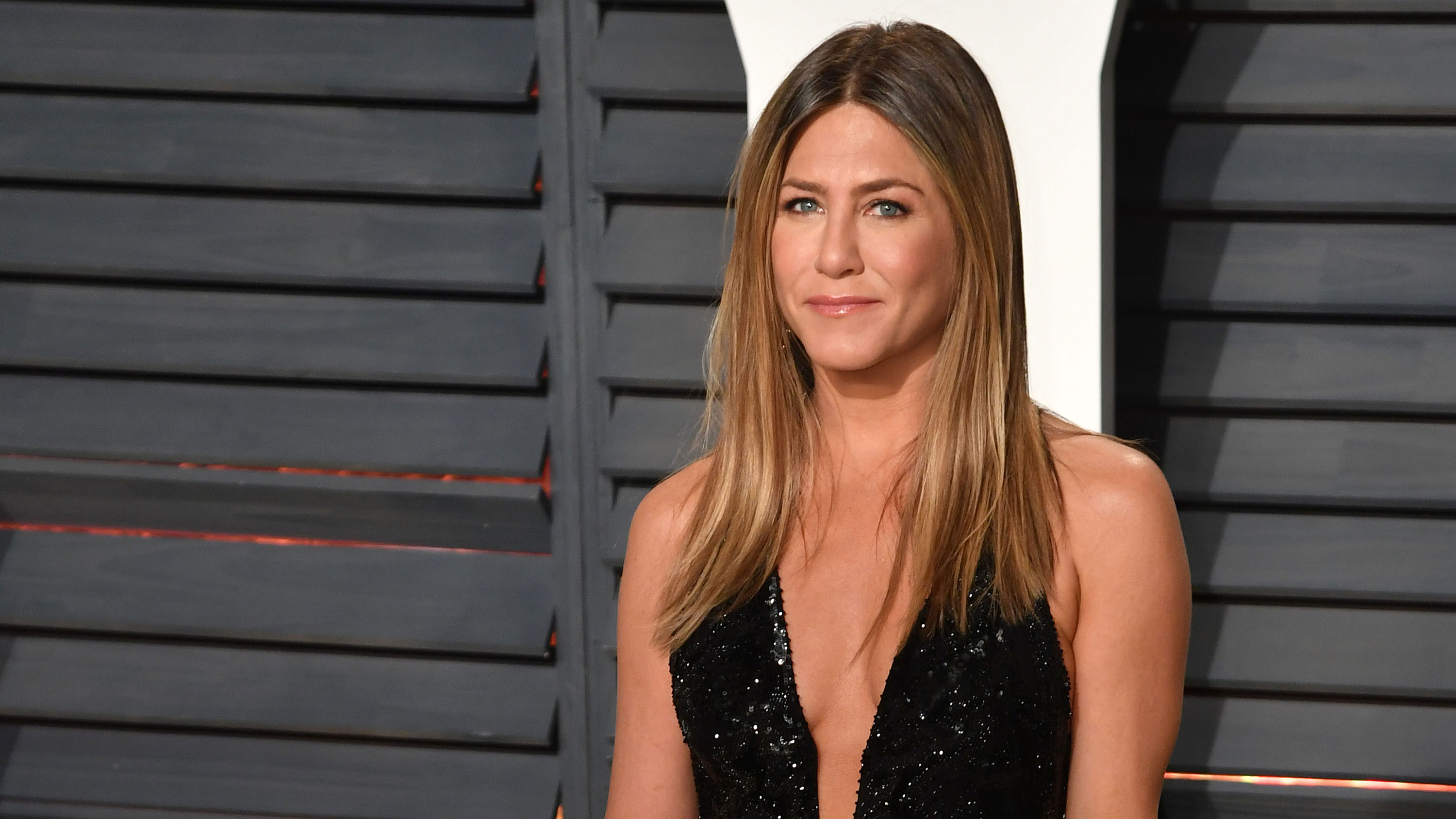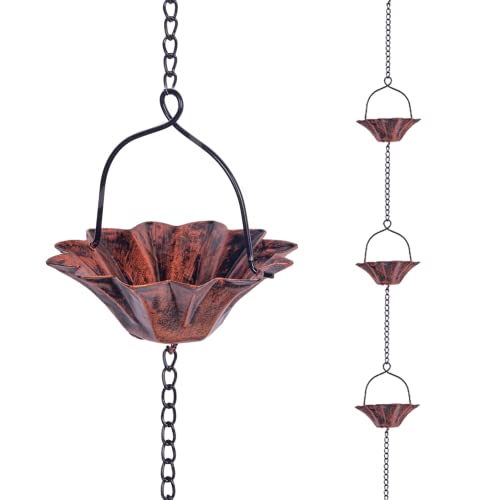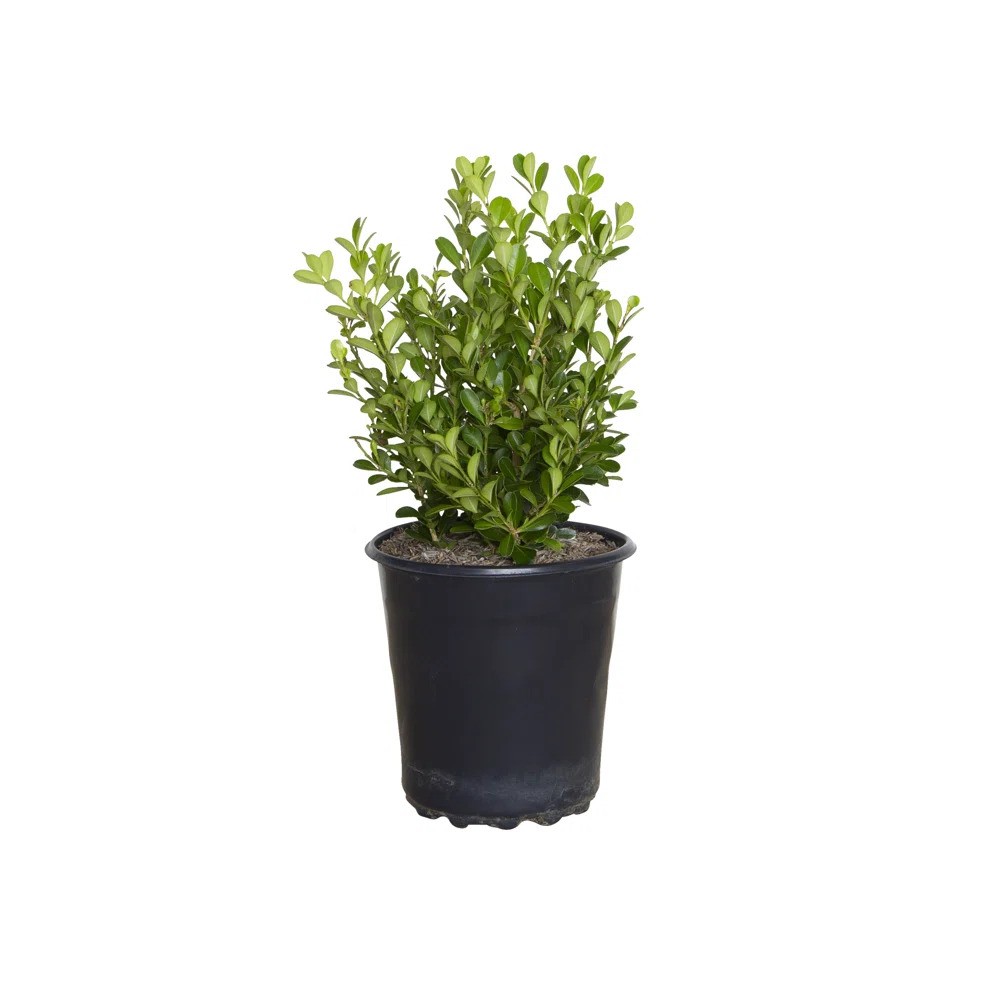
In an ideal world, our gardens would be private sanctuaries where we can entertain and relax away from prying eyes. Yet, for many gardeners, the reality is quite different – spending time outdoors can be like living in a goldfish bowl because there is nothing to screen their plot from passers-by and neighboring windows.
Jennifer Aniston's Japanese-inspired garden, designed by Marcello Villano, is the perfect example of how to get the balance right to ensure you are planting for privacy yet still have plenty of natural light entering your property.
There are plenty of options for a solid, natural screen, using fast-growing trees, densely-leaved privacy shrubs, and perennials. Within a few years, you’ll have a deep green boundary as the plants come together beautifully. However, fast-growing plants can get out of control if not properly maintained; and they can also create dense shade, leaving no options to grow anything else underneath them. They are a good solution for larger landscapes, such as Aniston's, but for smaller yards, you can be a little more creative with your choices. Keeping the pruned and maintained is a much, especially if light is a factor.
Don’t automatically assume that the only option is to block out the view. Think in terms of distraction too. If you plant a varied mix of evergreen and deciduous shrubs and trees of differing heights, colors and textures, you will create a tapestry effect that works as an attractive screen. This will filter the view and the light and allow for underplanting. Though practical it can – and should – also be pretty.
Bamboo often gets bad press for being an invasive plant. However, clump-forming bamboos are easier to manage and they are invaluable for privacy screening. They tick many low-maintenance boxes, look good in containers (which can also prevent bamboo from spreading).
Another good option is the evergreen California lilac which will bring year-round privacy with a burst of late spring flowers. With small dark green leaves, ceanothus makes a good choice as a standalone specimen or for informal hedging plants planted along boundaries – they require minimal pruning and are a good choice as a drought-tolerant shrub.
Pacific wax myrtle is another favorite. This upright, fragrant evergreen shrub is native to the west coast of the US, and is fast-growing and long-lived, making it ideal for hedging.
‘As an alternative to more rigid and formal hedges, I love the evergreen Pacific wax myrtle for its dense yet wispy form,’ says Oregon-based landscape architect and garden designer Bethany Rydmark. ‘Its berries support birds and the leaf texture is a pleasant alternative to boxwood.’
‘It grows quickly, withstands pruning and shearing, or can be let to range as a softer, informal hedgerow,’ says Rydmark. ‘Pacific wax myrtle is likewise climate adaptable and more drought resistant than traditional hedges.’
Finally, the best advice I've ever had is to layer your planting. A combination of trees and shrubs can create an impressive layered look that also makes a space feel more private. In Aniston's garden, the depth as well as the height of the planting makes the backyard a secluded location. There are also plenty of ornamental grasses for screening and living wall ideas that can help achieve this look.
Shop the look

Ensure your privacy plants and lawn are well-watered with a rain chain. These popular, sustainable systems work by harvesting rainwater collected in gutters to where it is most needed in your yard. This might be into a water butt or barrel, or directly into a flower bed. The antique bronze finish on this design is stylish and would suit many styles of home and yard.

This best-selling, highly-rated pruning tool has been tried-and-tested by our garden editors over many years. If you are to invest in only one, I recommend this option. It will keep your plants and hedges in perfect shape.

Japanese Boxwoods are low maintenance, and provide structure and formality over a long period. They are a fantastic option for garden novices and make great privacy screens when planted together.







